- Books Name
- Mathmatics Book Based on NCERT
- Publication
- KRISHNA PUBLICATIONS
- Course
- CBSE Class 12
- Subject
- Mathmatics
Chapter-3
Matrices
Concept of Matrices and Types of Matrices
Matrices
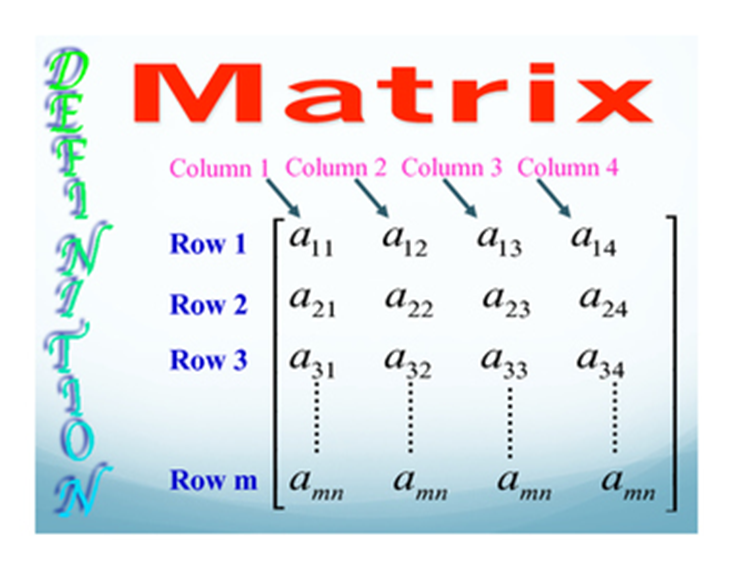
Definition
A matrix is a rectangular array of numbers or functions or objects arranged in row and column.
The numbers or functions or objects in the array are called the entities or members or the elements of the matrix. The horizontal array of elements in the matrix is called rows, and the vertical array of elements are called the columns. If a matrix has m rows and n columns, then it is known as the matrix of order ‘m x n’ or ‘m by n’.
Symbol: ( ) or [ ]
i.e., A = [aij]m×n means m rows and n columns.
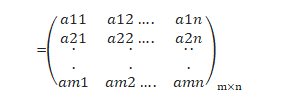
Note: If A = [aij] n×n is a square matrix of order n, then elements a11, a22, a33,…, ann is said to constitute the diagonal of the matrix A. In general, A = [aij]m×m is a diagonal matrix, if aij = 0, when i ≠ j.
Types of Matrices:
- Column matrix
- Row matrix
- Square matrix
- Diagonal matrix
- Scalar matrix
- Identity matrix
- Zero matrix
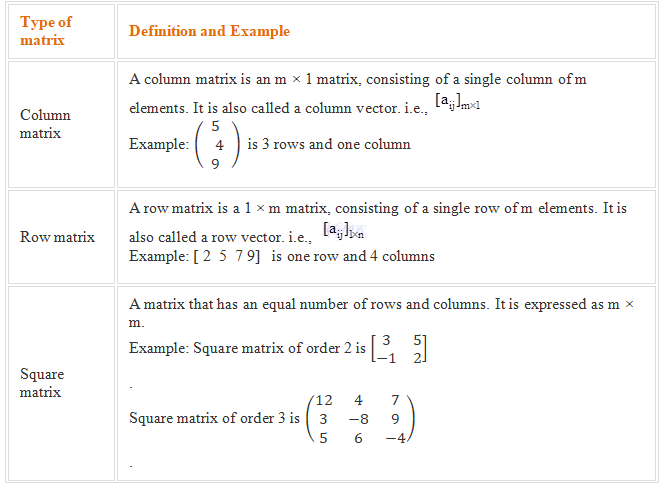
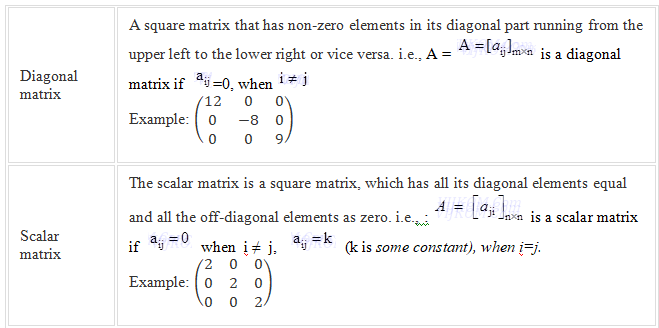
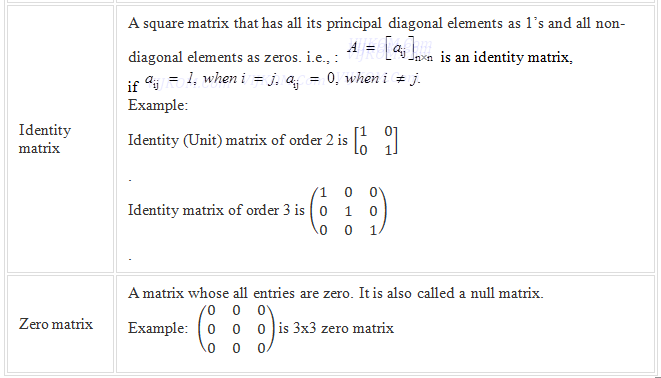
Equality of Matrices
Two matrices are said to be equal if-
(i) The order of both the matrices are the same
(ii) Each element of one matrix is equal to the corresponding element of the other matrix
i.e., 

 KRISHNA PUBLICATIONS
KRISHNA PUBLICATIONS
